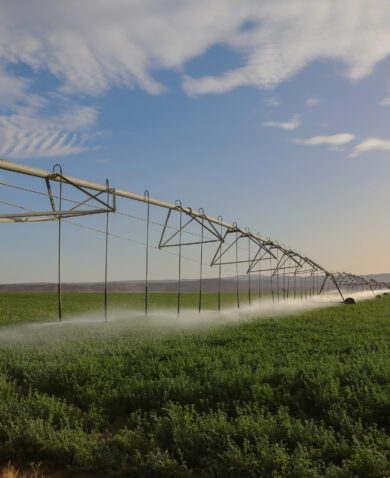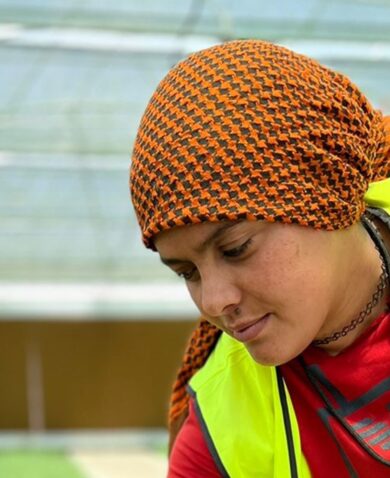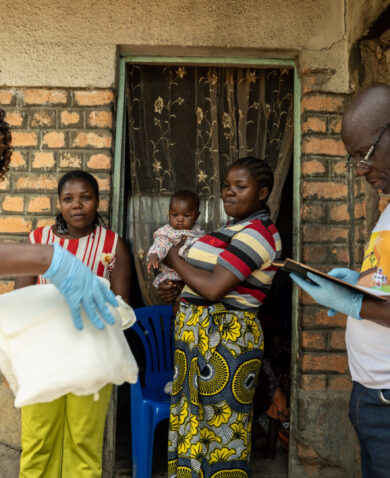But this might soon be a problem of the past. As part of USAID’s South Africa Low Emissions Development (SA-LED) program, Chemonics and partner Agama Biogas has begun to install biogas digester stoves around the country, including at the Khangezile Primary School in Kwathema, Gueteng, South Africa. At this school, with the help of the community and the biogas digester stove, meals are now prepared in as little as 10 minutes.
“Before it was very difficult because we had to arrive at the school very early because the Liquid Petroleum Gas (LPG), compared to the biogas, was very slow,” explained Nomfundiselo Sandlana, who manages the biogas technology at Khangezile. “Now, I can arrive and 15 minutes later the porridge is ready. It’s like fun now…we’re having fun!”
SA-LED is working with the South African government to transition to a low-carbon economy and adopt low-emissions technologies — and the biogas digester is one of them. SA-LED identified Khangezile Primary School in Kwathema, Gueteng, South Africa, as a place to test the impact of the biogas digester. Agama Biogas had also worked with the school in the past, and SA-LED was planning to replicate the model across different schools in the country.
In Khangezile, like in other schools, the installation of biogas digesters takes place underground. Once the digester is working, it uses the process of anaerobic digestion to produce gas in tanks. This gas then travels through a pipe to the stove where the kitchen staff cooks food for students.

“The success of biogas in schools cannot be a standalone product. It must be embedded into a unit that has a garden, water harvesting, education at its core, community support. That is the way to a successful biogas project and it is important,” says Gordon Ayre, managing director of Agama Biogas.
What’s the larger impact of this technology? If every school had a biogas digester, this would create up to 22,000 jobs. In the Eastern Cape alone, SA-LED specialists have installed at least 65 biogas digesters in schools for cooking. Additionally, a biogas digester is just one step in a broader set of practices: It becomes the hub around which a school can grow fresh produce in a food garden that uses digestate produced from the digester. The food grown in the garden is used by the school feeding scheme, as well as to “reimburse” the volunteers who tend to the plants and digester. Not only will the number of jobs increase, but the environment and surrounding community will also benefit.
Since the successful installation of the Khangezile biogas digester, children now attend a school that has clean surrounding areas and provides two meals a day. And the movement is spreading: Three schools in Mpumalanga have installed biogas digesters themselves and recruited and trained community members on how to maintain these machines. Now, the only thing that children in this area need to worry about is getting their schoolwork done on time.































































